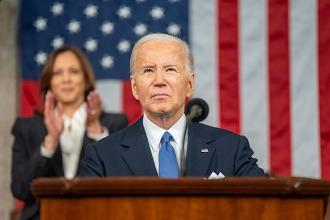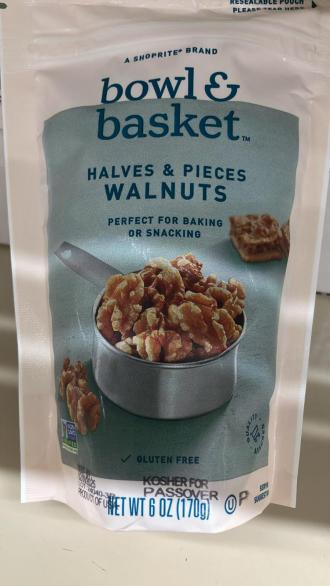U.S. stocks edged higher on Tuesday, pushing the Nasdaq to a record high, with an upbeat outlook from UnitedHealth lifting health insurers.
Limiting the advance was a slide in oil prices, which pushed the S&P energy index <.SPNY> down 0.9 percent.
The healthcare index <.SPXHC> was up 0.8 percent. Shares of UnitedHealth Group Inc , the largest U.S. health insurer, were up 3.1 percent and hit a record high, a day after the company issued a better-than-expected earnings forecast for the coming year. Other insurers also gained.
Other major gainers among health stocks were AbbVie , which was up 3.8 percent, and Clegene , which rose 1.9 percent. The Nasdaq Biotech index <.NBI> was up 0.9 percent.
But with market having already registered strong gains since the Nov. 8 U.S. election, analysts expect some of the bullish momentum to slow. Wall Street has rallied since Donald Trump's election as investors expect his plans to increase infrastructure spending, cut corporate taxes and reduce regulation to boost the economy.
"I think we've had such large moves going into month-end that people are hesitant to chase what has worked post-election at this point," said Michael O'Rourke, chief market strategist at JonesTrading in Greenwich, Connecticut, adding "it's way too early to say there's a change in trend."
The Dow Jones industrial average <.DJI> was up 38.83 points, or 0.2 percent, to 19,136.73, the S&P 500 <.SPX> gained 7.48 points, or 0.34 percent, to 2,209.2 and the Nasdaq Composite <.IXIC> added 31.77 points, or 0.59 percent, to 5,400.58.
U.S. stocks had closed lower on Monday in their worst showing in nearly a month as investors booked profits on the heels of a record-setting week.
Also helping boost sentiment was data that showed the U.S. economy grew faster than initially thought in the third quarter, notching its best performance in two years.
Gross domestic product increased at a 3.2 percent annual rate instead of the previously reported 2.9 percent pace, the Commerce Department said in its second GDP estimate.
Oil prices fell on signs that leading oil exporters were struggling to agree on a deal to cut production ahead of an OPEC meeting on Wednesday.
Advancing issues outnumbered declining ones on the NYSE by a 1.19-to-1 ratio; on Nasdaq, a 1.37-to-1 ratio favored advancers.
The S&P 500 posted 25 new 52-week highs and no new lows; the Nasdaq Composite recorded 161 new highs and 23 new lows.

















